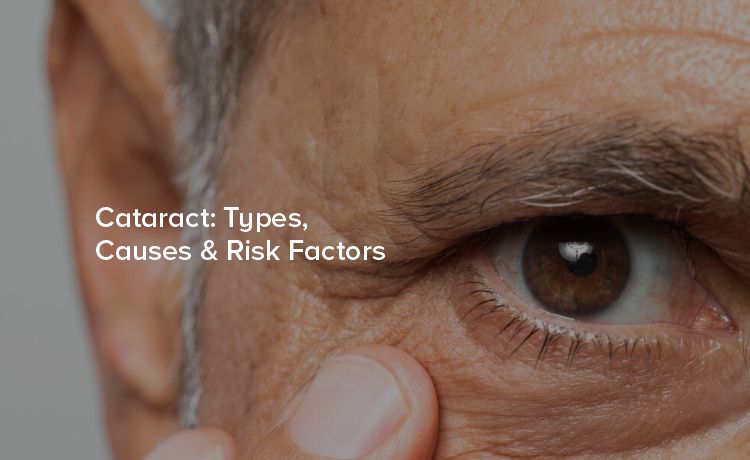
Cataracts are one of the leading causes of vision impairment and blindness globally. Despite their prevalence, there's often confusion about what exactly cataracts are, the different types, their causes, and who is most at risk.
A cataract is a clouding of the eye's natural lens, which lies behind the iris and the pupil. This cloudiness leads to a decrease in vision, as if you're looking through a frosty or fogged-up window. While cataracts can develop in one or both eyes, they do not spread from one eye to the other.
There are several types of cataracts, each with its own characteristics and implications for vision. Understanding these types can help in identifying the specific kind of cataract you or a loved one may be dealing with.
Nuclear cataracts form in the central (nuclear) zone of the lens. They primarily affect distance vision and can cause a temporary improvement in near vision, known as "second sight." However, as the cataract progresses, the lens may become densely clouded, significantly impairing vision.
Cortical cataracts start at the periphery of the lens and work their way inward in a spoke-like fashion. These cataracts often cause issues with glare and light scattering, especially at night, making tasks like driving more challenging.
Posterior subcapsular cataracts form at the back of the lens and can interfere with reading vision, reduce vision in bright light, and cause glare or halos around lights at night. These cataracts tend to progress faster than the other types.
Some individuals are born with cataracts or develop them during childhood. These congenital cataracts can be caused by genetic factors or intrauterine infections. Early diagnosis and treatment are crucial to prevent vision impairment in children.
Secondary cataracts can develop as a result of another medical condition such as diabetes or after using certain medications like corticosteroids. They can also occur after eye surgery for other problems, such as glaucoma.
As the name suggests, traumatic cataracts result from an injury to the eye. They can develop immediately following the injury or years later.
Cataracts are primarily associated with aging, but they can also result from various other factors. Understanding the causes can help in prevention and early detection.
The most common cause of cataracts is the natural aging process. As you age, the proteins in the lens of your eye begin to break down and clump together, forming cloudy areas.
People with diabetes are at a higher risk of developing cataracts. High blood sugar levels can lead to changes in the eye's lens, accelerating the formation of cataracts.
Prolonged exposure to ultraviolet (UV) radiation from the sun can increase the risk of cataracts. Wearing sunglasses that block UV rays can help mitigate this risk.
Both smoking and excessive alcohol consumption have been linked to an increased risk of cataract formation. The toxins in cigarette smoke can damage the proteins in the lens, while alcohol can contribute to oxidative stress in the eye.
Certain medications, such as corticosteroids, can increase the risk of cataracts. Long-term use of these medications should be monitored by a healthcare provider.
Traumatic cataracts can develop after an eye injury. Such injuries can cause damage to the lens, leading to the formation of cataracts.
A family history of cataracts can also increase your likelihood of developing them. Genetic factors can influence the onset and progression of cataracts.
While some risk factors for cataracts are unavoidable, understanding them can help you take preventive measures where possible.
The risk of developing cataracts increases as you age, particularly after the age of 60.
Studies suggest that women are at a slightly higher risk of developing cataracts than men, possibly due to hormonal differences.
Smoking, excessive alcohol consumption, and prolonged exposure to UV radiation are lifestyle factors that can increase the risk of cataracts.
Chronic diseases like diabetes, hypertension, and obesity can increase the risk of cataracts. Managing these conditions effectively can help reduce the risk.
A poor diet lacking in antioxidants and essential nutrients can increase the risk of cataracts. A diet rich in fruits, vegetables, and whole grains can help protect your eyes.
Cataracts are a common eye condition, particularly as we age, but understanding the different types, causes, and risk factors can help in early detection and effective management. Regular eye exams, a healthy lifestyle, and protective measures like wearing sunglasses can go a long way in maintaining good eye health. Book an appointment with the best ophthalmology specialist in Hyderabad, available at Citizens Specialty Hospital.